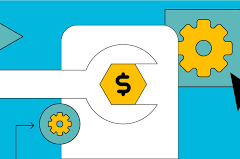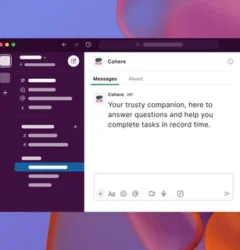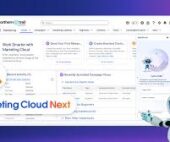Enhancing email deliverability doesn’t have to be hard. By taking these simple steps, you can boost customer engagement and trim unnecessary email expenses, by improving email deliverability rates. Litmus and Salesforce have collaborated to craft a comprehensive four-part guide, empowering you to nail email deliverability intricacies and develop a proactive and all-encompassing strategy for your email marketing, ensuring the optimization of every campaign for success.
When sending an email, it passes two checkpoints: delivery and deliverability. Delivery determines whether the email reaches the subscriber’s inbox provider’s servers. If accepted, the email is marked as delivered; otherwise, it faces classification as a hard or soft bounce. Deliverability follows delivery, gauging the rate at which emails land in subscribers’ inboxes instead of being relegated to spam or the junk folder. Each of these factors effect email deliverability.
To improve email deliverability rates, implementing preventive measures and monitoring your efforts is paramount. A pivotal step involves confirming your authentication and infrastructure. Ensure that your infrastructure is correctly configured and exclusively sent from authenticated domains. Establish the three primary frameworks: SPF, DKIM, and DMARC.
For those sending emails from a new IP address, consider IP warming. IP warming entails gradually dispatching emails from a new IP address or domain name. Progressively increasing the send volume over time is crucial. This method verifies your legitimacy as a sender, particularly challenging when dealing with a new dedicated IP address, a new domain, a new subdomain from a warm domain, or transitioning to a new ESP.
Implementing these recommendations from Tectonic will significantly improve email deliverability rates within Salesforce Marketing Cloud Account Engagement (formerly known as Pardot).













